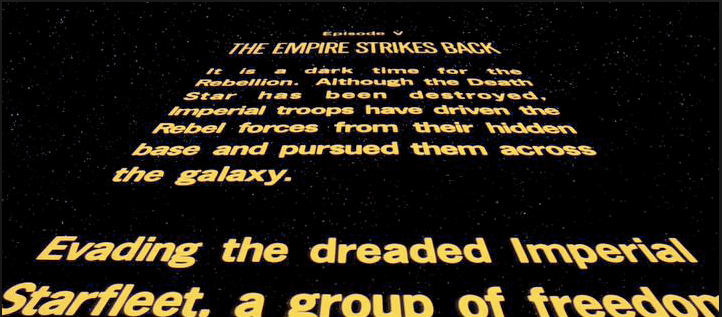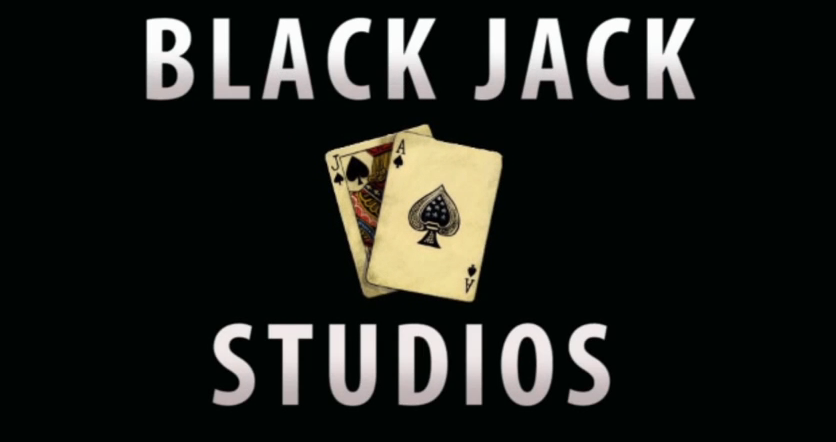There are many conventions of an opening sequence. For example:
opening credits,
establishing shots,
introduction of mood,
close-ups,
production ident/s,
introduction of main character.
 Opening credits are used at the beginning of the film so the audience can see and realise who made this film so they know what to expect (if a known name is used). These titles are usually subtle and embedded in the back-ground of the film, but they can be the only thing on screen and will usually have an effect on them or movement to keep the audience interested in what is happening.
Opening credits are used at the beginning of the film so the audience can see and realise who made this film so they know what to expect (if a known name is used). These titles are usually subtle and embedded in the back-ground of the film, but they can be the only thing on screen and will usually have an effect on them or movement to keep the audience interested in what is happening. Establishing shots are used in the opening sequence to show where most of the film will be set. This will give the viewers back-ground knowledge of the location so they know what to expect. For example an establishing shot of fields and a small village, the audience will know where it is set and expect to see lots of rural activities such as agriculture.
The introduction of the mood of the film is a convention of an opening sequence. This mood is usually determined by sound and lighting. This will keep the audience interested in watching the rest of the film. Also the mood will help determine the genre of the film so the right mood must be chosen for example: a tragedy movie cannot have benny hill music playing in the back-ground as this will confuse the audience and lose their interest.
 Close-ups are used in opening sequences to give abstract viewpoints which are usually inhibited with some opening credits. The close-ups will give the audience clues to what the film will be about and what may be used. Also close-ups of characters faces are used to show clear characteristics such as scars which may be important for later on in the film. These close-ups are important as they raise questions within the viewers on why these specific shots have been used.
Close-ups are used in opening sequences to give abstract viewpoints which are usually inhibited with some opening credits. The close-ups will give the audience clues to what the film will be about and what may be used. Also close-ups of characters faces are used to show clear characteristics such as scars which may be important for later on in the film. These close-ups are important as they raise questions within the viewers on why these specific shots have been used.
 Production Idents are at the beginning of the film just before title of the film. These show the viewers who have produced the film and helped make the film which benefit the company as they gain extra publicity.
Production Idents are at the beginning of the film just before title of the film. These show the viewers who have produced the film and helped make the film which benefit the company as they gain extra publicity. Introduction of main characters are a convention of an opening sequence. This is so the viewers can see who they are and what the film is going to be based around. The main protagonist and sometimes antagonists are shown in the opening sequence, this is to make the audience support the protagonist and get involved more in the film.
The conventions of action-adventure genres are:
fast paced editing with a lot of close ups and unique angles,
the titles are normally bold and quite obvious to see,
the soundtrack is percussion based with little or no lyrics and is fast paced,
a race against time,
mystery
and some sort of task must be accomplished (mission).
For something to be classified as fast paced, the camera shot should change within 2 seconds, this is because it gives the audience little time to see what is actually happening and keeps the audience wanting to know what is going to happen as they cannot tell what is going to happen next. Also the fast paced editing puts the viewer right in the middle of the action and makes them feel as if they are part of it which will make them support the protagonist due to most of the shots being taken from/ near the protagonist viewpoint.
 The close-ups used in action adventure are of the protagonist to show his emotion and possibly struggle and the effort he is putting into the task. This gives the viewer an emotional connection to the protagonist which only emphasises their support of the protagonist. Also the unique angles in action adventure distort the audiences view from the action which gives a more realistic view of what is going on. This puts the viewers in the film and makes them want to watch more. I used a close-up of the protagonists ear piece which shows a significant piece of information that is vital to the rest of the opening. This tells the audience how he knows what to do due to the incoming information.
The close-ups used in action adventure are of the protagonist to show his emotion and possibly struggle and the effort he is putting into the task. This gives the viewer an emotional connection to the protagonist which only emphasises their support of the protagonist. Also the unique angles in action adventure distort the audiences view from the action which gives a more realistic view of what is going on. This puts the viewers in the film and makes them want to watch more. I used a close-up of the protagonists ear piece which shows a significant piece of information that is vital to the rest of the opening. This tells the audience how he knows what to do due to the incoming information.Titles in action adventure films are usually quite bold and obvious to see. They also tend to have an effect on them which makes this effect specific to the certain film. For example in star wars they have the famous space titles which go past the screen and off into the distance which can no longer be seen. The use of these types of effects emphasise the actors and people used to make the film, the effects are used normally to show the big name actors and directors which set them apart from the rest. I have used titles in my opening sequence in a bold font with a sheen effect which makes it quite obvious to see and really emphasises the makers of the film which fits the action-adventure genre.
The typical type of soundtrack used in action adventure films is fast-paced and percussion based. This is so the music can be played over what is happening in the shot and build tension. The soundtrack is at its most tense just before a major bit of action is about to happen and the soundtrack will usually fade off once the protagonist is safe. I have used this in my opening sequence as my drum based soundtrack fades in when he starts to get chased and then fades away once he has lost them.
A race against time is a convention of action-adventure genre because every thing must be completed before the opposing side. This creates a sense of a rush as if the other team succeeds then everything could change. This is usually when the antagonist is after a prize and the protagonist is trying to stop this. I have used this in my opening sequence as the antagonists are chasing the protagonist but he gets away before they can catch him. The scene where the antagonist picks up the other which shows the urgency that they both need to get him.
Mystery is also a convention of action-adventure as lots of questions are unanswered throughout the film. For example the viewers may not know why the antagonist is after the prize until the end where the antagonist explains why he needs it and what he plans to do with it. I have used mystery to entice the audience as they do not know why the protagonist has the prize and why it is so important. Also the 'boss' is never shown in the opening sequence as the audience only see the back of his head and hear his voice, this keeps the mystery as no one knows who he is which gives him a higher status as he knows everyone and no one knows him.
Another convention of action-adventure is that a mission must be accomplished. This is by nearly all the characters, as the protagonist is trying to stop the antagonist from completing their task. I have used this in my opening sequence as the antagonists are trying to stop the protagonist from completing his task which is stealing the item and getting away unharmed as well.
My opening sequence challenges typical conventions of action-adventure genre as the protagonist was the largest character and therefore would have the physicalness to win in a fight. The smaller antagonists are chasing him, we chose to do this as we wanted the antagonists to seem as people who follow orders and have little say in what they do, this will make them quite unlikeable characters so the audience will side with the protagonist even more. Also we thought that the typical protagonist is usually quite a big muscly person so we needed someone who would match this as much as possible.


No comments:
Post a Comment